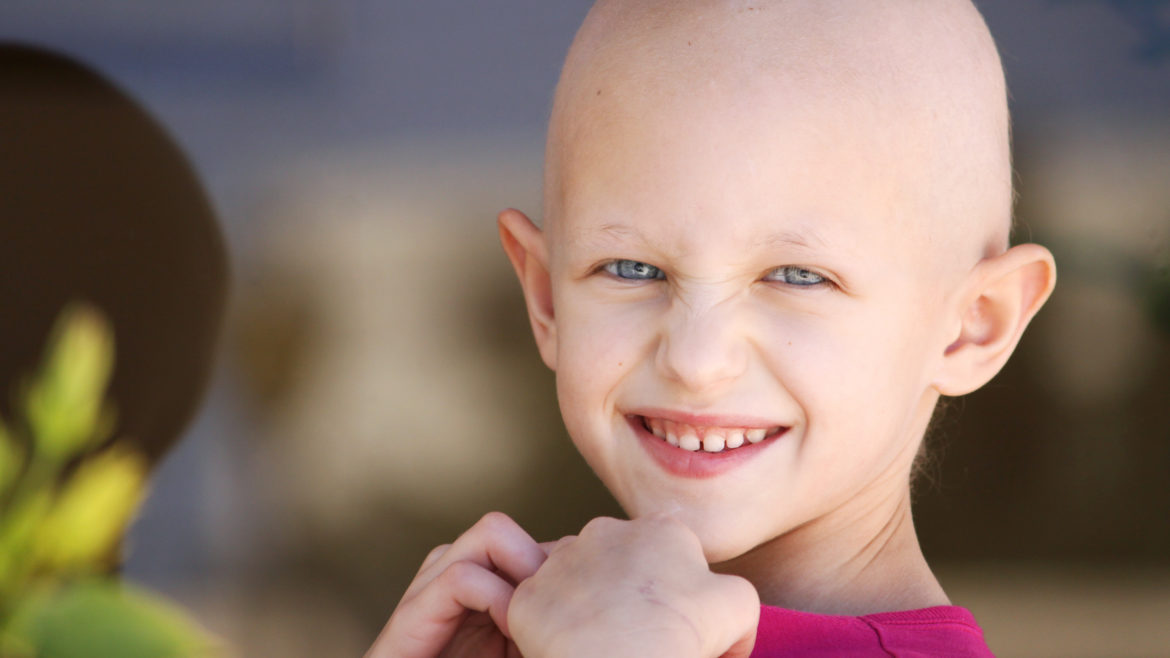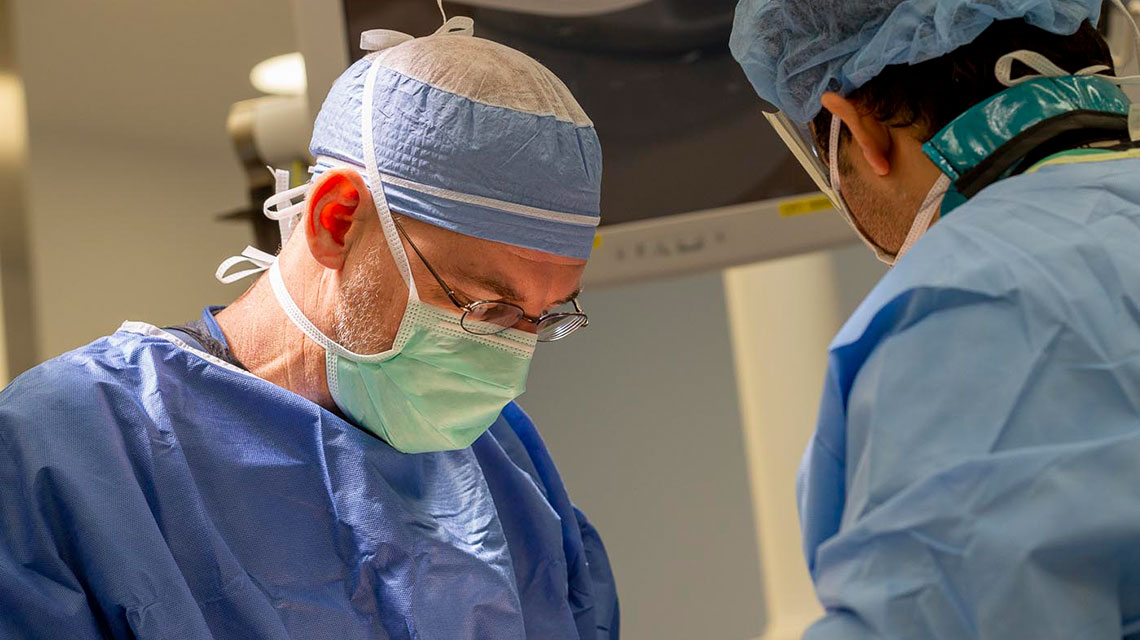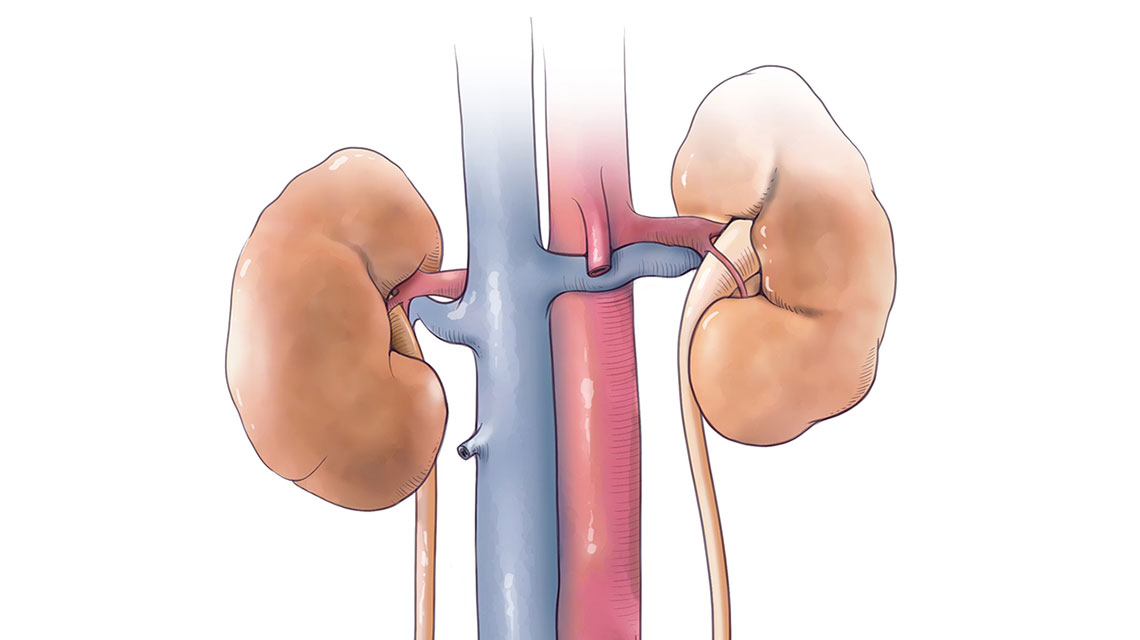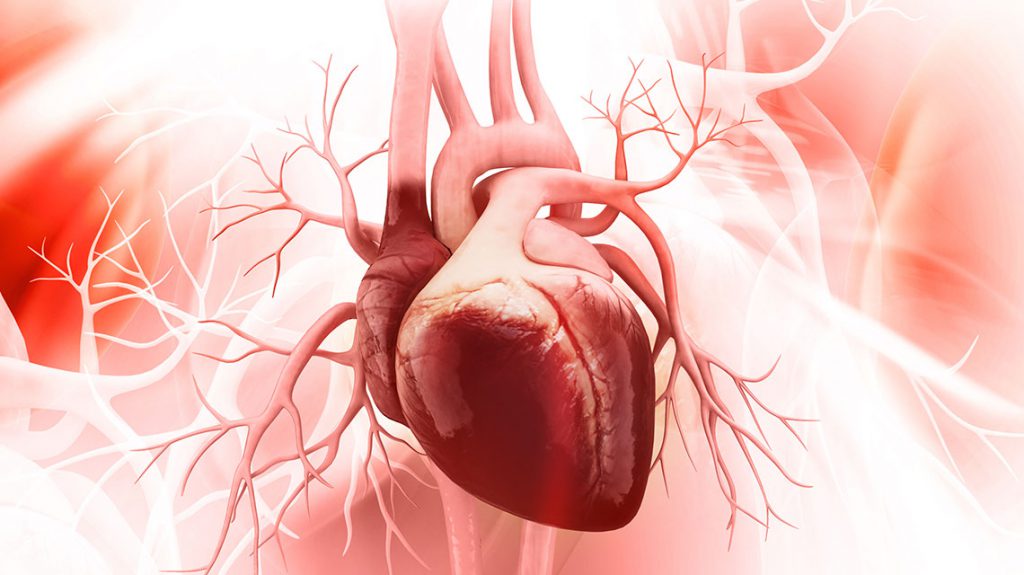Leaving No Stone Unturned: Nationwide Children’s Joins Children’s Oncology Group Pediatric Early Phase Clinical Trial Network
Leaving No Stone Unturned: Nationwide Children’s Joins Children’s Oncology Group Pediatric Early Phase Clinical Trial Network https://pediatricsnationwide.org/wp-content/uploads/2020/06/AdobeStock_57532575-1024x683.jpg 1024 683 Natalie Wilson https://pediatricsnationwide.org/wp-content/uploads/2021/06/Natalieheadshot3-2.pngThe Children’s Oncology Group (COG), the world’s largest and most recognized pediatric cancer research collaborative, recently selected Nationwide Children’s Hospital to join its Pediatric Early Phase Clinical Trial Network (PEP-CTN) through a peer review process. The COG PEP-CTN is a re-iteration of the COG Phase 1/Pilot Consortium and is comprised of 21 core member sites…











